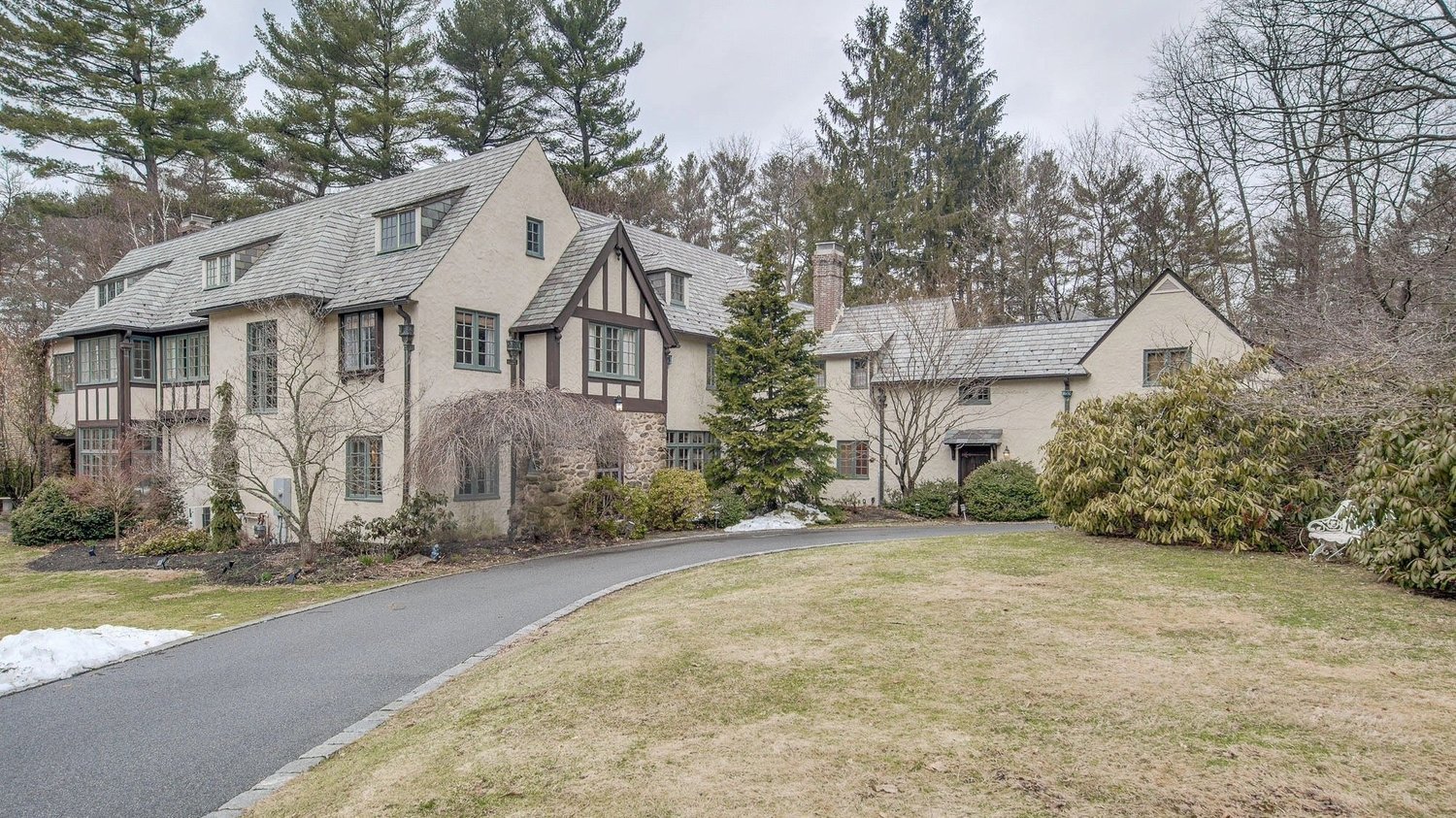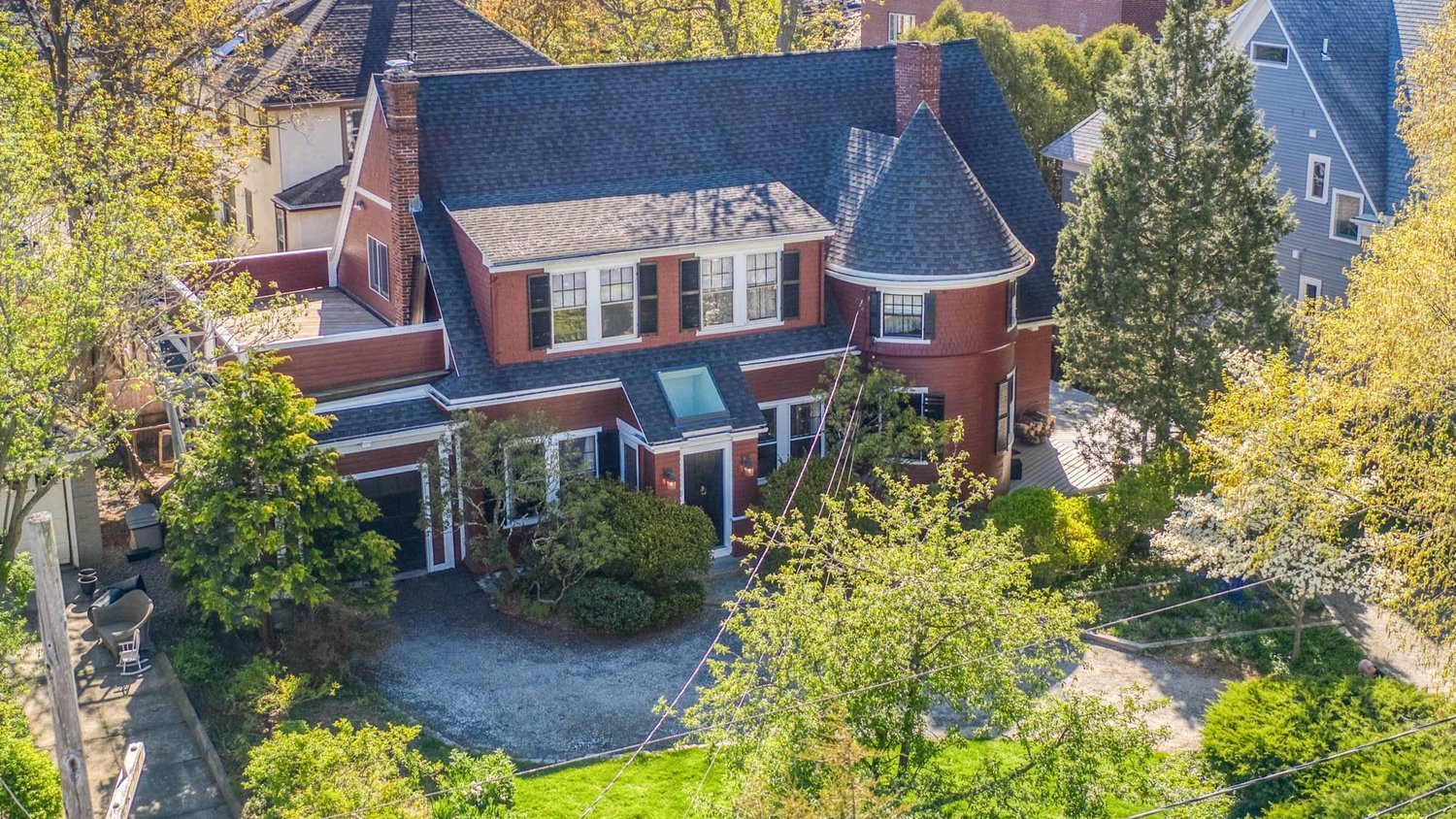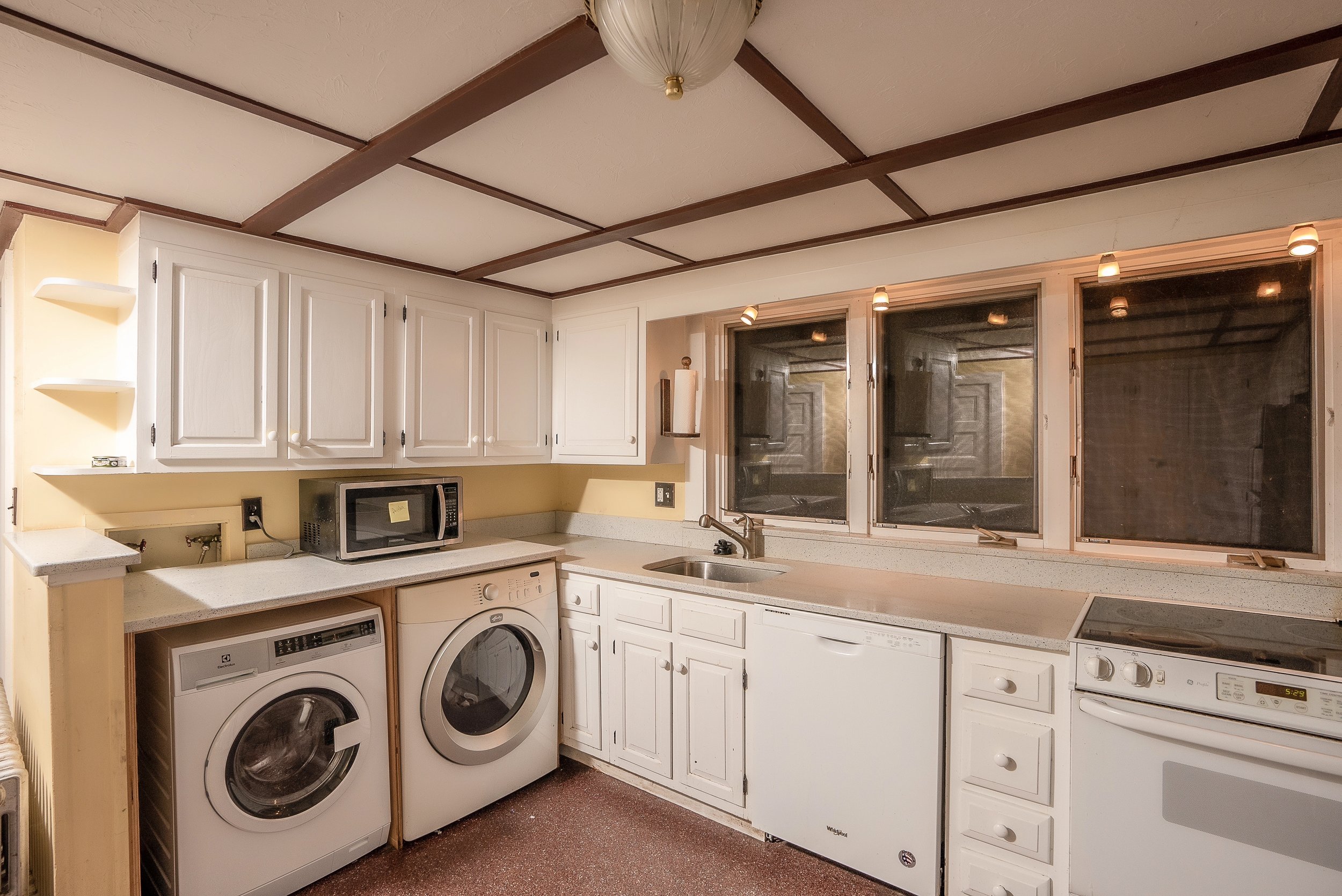
Historic Properties
Word has gotten around about Suzanne’s passion and vast knowledge of historic homes! We’ve been honored to earn the trust of buyers and sellers of dozens of historic properties over the past couple of decades. From a classic farmhouse to a carriage house, each has a story to tell.
-

12 Great Road, Bedford, MA - The Fitch Tavern
Circa 1731, the Fitch Tavern has withstood the American Revolution, the Civil War, the 70’s and the patter of many, many small feet on its wide pine plank flooring. It no longer charges for the beer and wine it serves and to be a guest is by invitation only, but during the days leading up to the Revolutionary War, it was a central meeting place for locals.
Before dawn on April 19, 1775, long before the firing started on the town green of Lexington, Massachusetts, Bedford’s Minutemen had been warned by Lexington’s Captain Parker, who had sent two young men, Benjamin Tidd and Nathaniel Monroe into Bedford as couriers. The men rode up to the door of Cornet Page’s house, and striking the door shouted, “Get up, Nat Page; the Redcoats are out.” They proceeded to the oldest structure in the center of Bedford, the historically significant Fitch Tavern. It was here, while Jeremiah Fitch, a sergeant of the Bedford Militia company, was operating it as a tavern, that twenty-six Bedford Minutemen gathered on the morning of April 19, 1775, following the alarm that the British were on the march from Boston. It was in the old kitchen that Mr. Fitch called the Minutemen to gather about the warmth of the fireplace while young Lydia Fitch served up cold cornmeal mush and hot buttered rum. Captain Jonathan Wilson looked into the eyes of his men and spoke the famous words, “It is a cold breakfast, boys, but we’ll give the British a hot dinner; we’ll have every dog of them before night.” The Minutemen then marched on foot to Concord, joining the fifty men of the Bedford Militia en route.
The Fitch Tavern falls within the Historic District of the Town of Bedford.
-

1 Fawn Circle, Bedford, MA - The Hayden House
From The Bedford Citizen:
The Hayden House was built in 1926 by Sarah Holden Hayden to draw her son Arthur Holden Hayden back to Bedford to assume control of his father’s company, New York Pharmaceutical Corporation, and continue the production of HVC, Hayden’s Viburnum Compound, after his brother William’s death in 1923.
How did the company end up in Bedford? The land at Bedford Springs included Sulphur, Chalybeate, and Sweet Water springs that were used medicinally by Nipmuck and Pawtucket healers. Native American tribes living in the area were dispersed when the General Court ceded their land to the Town of Billerica through the Wamesick Purchase in 1685, but tribesmen returned through the 1700s to “fill their leathern buckets with waters from the springs.” Fast forward to 1835 when Augustus Pierce rented his pasture to local farmers. Livestock grazing near and drinking from the springs were reported to be in better overall health than cattle feeding nearby in apparently better pastures. According to The Gem of New England, Massachusetts’ State Chemist Charles T. Jackson, MD, pronounced Bedford’s spring waters to be valuable in treating disease, “particularly in all scrofulous and cutaneous diseases, rheumatism, and affections of the kidneys.”
Dr. Jackson’s report was confirmed by other scientists and attracted Dr. William Richardson Hayden who purchased the property in 1856 and moved the New York Pharmaceutical Company to Bedford Springs in 1867. The company’s laboratory, now the site of condominiums on Sweetwater Avenue, produced up to 350 different potions based on the spring waters and various healing botanicals.
-

1984 Massachusetts Avenue, Lexington, MA - The Nathan Munroe House
Steps from the Battle Green in Lexington, history is alive in this Federal home (circa 1780), set on more than a half an acre of land! During the early 1800s, Nathan Munroe ran a fur dressing business here and used the underground structure as a potting shed.
-

9 Addison Street, Arlington, MA
The residence at 9 Addison Street, with its charming 2-story turret, was built in 1920 as the carriage house to the historic Henry Hornblower house that sits at 100 Pleasant Street. Hornblower was a successful businessman in the financial services space, sitting on the governing committee of the Boston Stock Exchange.
Restoring A Historic Home
When the owners of 37 Hillside Ave in Bedford decided to sell, they know the challenges presented by their historic home could make it more difficult than if it were a more modern structure. Suzanne & her husband, Ryan, ultimately decided to tackle the restoration project themselves, with plans to rent out the home.
Follow along with Suzanne’s journey to breathe new life into a historic English cottage at 37 Hillside Avenue in Bedford, MA.
Every home has a story to tell. Historic homes have so many stories and nuances that we could write multiple books on them! We’ll start with sharing some information about this home and showing you the journey to restoring it - preserving its historic stature while making it inhabitable by today’s standards.
LIVING ROOM- BEFORE
LIVING ROOM- AFTER
DINING ROOM- BEFORE
DINING ROOM- AFTER
KITCHEN- BEFORE
KITCHEN- AFTER
Historic Home Learning Center
What are the different styles of historic homes? What is it like to renovate a historic home? What’s the difference between a Historic District, Historic District Commission and National Register of Historic Places? From the styles of historic homes to the difference between Historic District Commission and the National Historic Register, we’ve created a repository of information to quench your thirst for knowledge on historic properties!
-
Style of Historic Home
Historic homes can take on many different appearances - from an Early American Colonial to a Modernism-style home, this guide from Antique Homes Magazine dives into 15 different historic styles. A few fun facts about some styles include:
Early American Colonial (1640-1780) homes have medieval influence, such as steep roofs, unpainted clapboard or shingle walls, and a massive chimney.
Georgian architecture (1720-1780) features white or pastel center-entrance houses carefully proportioned and trimmed with Classical details, representing a new prosperity.
Federal-style homes (1790-1825) are well-represented in the greater Boston area. These homes have subtle influences from post-revolutionary France, including plain, flat wall surfaces and delicate ornamentation.
Greek Revival homes (1825-1860) - like our office at 90 Great Road in Bedford! - is often considered the first truly American architecture, derived from the ruins of ancient Greek temples.
-
Local Historic District vs National Register of Historic Places
Local Historic Districts are typically created by a legislative act (requiring a two-thirds majority vote in town meeting) and are governed by a local Historic District Commission (HDC). Bedford’s Historic District was created in 1964 and recorded in the National Register of Historic Places. Properties located within the Historic District must submit applications for review and approval of any proposed exterior changes, structural alterations, and more. See the full list in the HDC brochure here. These processes ensure the preservation of the architectural heritage of our historic district.
A National Register District is part of the National Register of Historic Places. this is the official list of the Nation’s historic places worthy of preservation. A property can be designated both as part of a National Register District and a Local Historic District, but all properties within a National Register District are not necessarily in a Local Historic District (if the town has not established one).
A property can be considered historic and not be listed on the National Register or fall within a Historic District. It’s best to check with the town to confirm!







